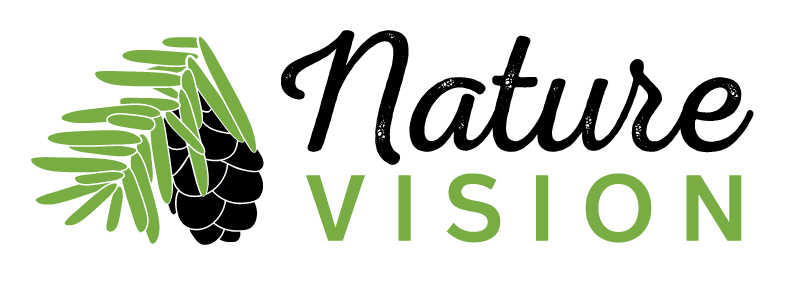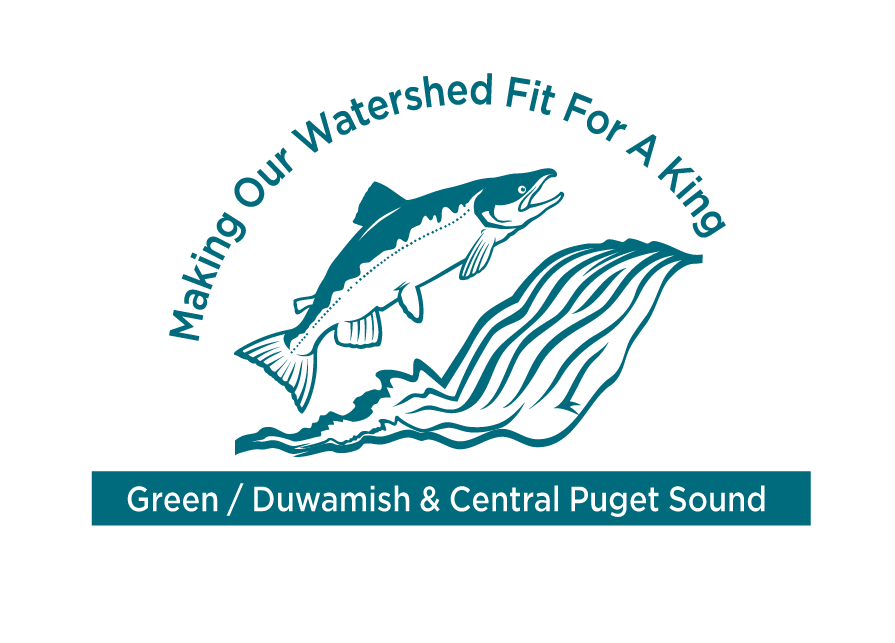Community Science
Classroom and Field Program Series for Grades 3-12
Community science is a process by which members of the public can participate in important scientific research. Under the guidance of a Nature Vision educator, students will work as scientists and help record data on the health of their local waterways. Now available in-person or as remote learning!
Students start their programs with a brief introduction to community science and the scientific method, before learning and practicing how to collect valuable data on water quality. Using these new skills, they can then investigate a local body of water and analyze real-world data in order to help local scientists monitor the health of their watershed.
These programs can be arranged either as a three-part, stand-alone series of classes for schools in the Cascade Water Alliance service area or as a part of a longer Blue Team module for schools in the Cascade Water Alliance, King County Flood Control District, or King County WaterWorks service areas. We encourage teachers to schedule the programs at regular intervals each year in order to collect a body of data that can be referenced by each new class. Every year students may add their findings to the classes that came before them, providing an even better sense of the health of their local waterways over time. See our program in action here!
These programs are provided free of charge to schools in the Cascade Water Alliance, King County Flood Control District, and King County WaterWorks service areas. Please visit our Blue Teams page for fliers.
Please contact our Office Coordinator, if you are interested in registering your classes.
Frequently Asked Questions:
1) What are Blue Teams?
Blue Teams are a series of 45-60 minutes science programs for 3rd to 12th grade classrooms. All Blue Teams incorporate a culminating stewardship project. Community Science Blue Teams funded by King County WaterWorks or King County Flood Control District will include a minimum of 8 lessons.
2) What would a typical meeting schedule look like?
a) This is teacher’s preference! We are flexible when it comes to the classroom schedule. Blue Teams can meet weekly, monthly, etc.
3) Are the Blue Team programs free?
a) Yes!
4) Our school is not allowing visitors, will students be able to carry out and complete these Blue Team projects?
a) Yes! We have two formats of Community Science Blue Teams: an in-person and a virtual format.
5) What materials do the students need for the virtual format?
a) None of the activities require more than a pencil, paper, and basic household items.
6) How much preparation is involved for the school teacher?
a) There is little to no preparation for the teacher. All planning is prepared by the Nature Vision educator. The school teacher only needs to provide registration details, schedule, and a video call meeting link for virtual formats.
7) Will the school teacher be required to co-teach?
a) No, all of the teaching will be done by the Nature Vision educator.
8) What will the students learn about?
a) Our Community Science Blue Teams are designed to be flexible and fit with each teacher’s own curriculum. While every Community Science Blue Team will include lessons about Water Quality Testing and a stewardship project, the rest of the programs are up to you! Teachers can choose from Nature Vision’s extensive list of science programs in order to build their own Blue Team plan. We do provide sample project plans to exemplify a typical Community Science Blue Team series, which can be found on the fliers available here.
9) Will students be able to test the water quality at a field site themselves?
a) Not for the virtual formats. For safety reasons, it will not be possible for students to test the water quality without the supervision of a Nature Vision educator. Virtual Blue Team classrooms will tune into a livestream of a Nature Vision educator at a nearby waterbody and follow along with the tests in real time.
b) Yes, for in-person learning! Blue Team classrooms will meet with a Nature Vision educator at a nearby waterbody for a hands-on water quality testing field trip.
10) How many students are able to participate in the in-person and virtual formats?
Our max class size is 30 students with one teacher. We require masks and social distancing for in-person learning.







